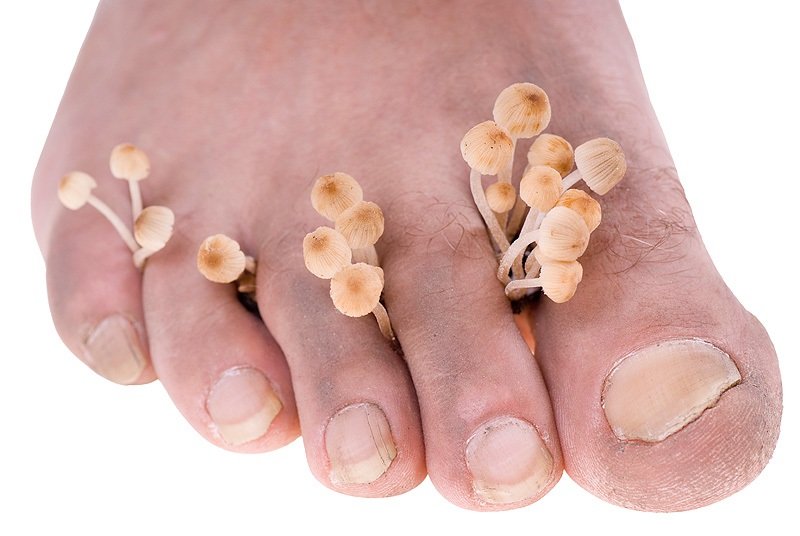Athletes’ foot is a common condition that affects many people at some point in their lives. While it’s often considered a minor annoyance, it can be more than just an itch. This fungal infection can cause uncomfortable symptoms, from itching and burning to cracking and peeling skin. If left untreated, an athlete’s foot Richardson can also lead to more serious complications, such as bacterial infections and nail fungus.
Athletes’ foot is caused by a fungal infection, usually from the fungi that thrive in warm, moist environments like locker room floors, public showers, and swimming pools. The fungus can easily spread through contact with contaminated surfaces or sharing shoes, socks, or towels with someone infected. People with sweaty feet or tight, poorly ventilated shoes are also more susceptible to athlete’s foot. Additionally, walking barefoot in public places can make it easier for the fungus to penetrate the skin and cause an infection.
Potential complications of untreated athlete’s foot
Untreated athlete’s foot can lead to potential complications that can be more serious than just an itch. Here are some of the complications you should be aware of:
- Bacterial infections: Athlete’s foot can cause breaks in the skin that can become infected with bacteria. This can lead to cellulitis, a bacterial skin infection that can be serious if left untreated. Symptoms of cellulitis include redness, swelling, warmth around the affected area, fever, and chills.
- Toenail fungus: Athletes’ feet can spread to the toenails, causing them to become thick, discolored, and brittle. This condition, called onychomycosis, can be difficult to treat and may require long-term therapy.
- Spread of infection: Athlete’s foot can easily spread to other body parts, such as the hands, groin, and scalp. This can cause additional symptoms, such as itching, redness, and scaling.
- Complications for people with weakened immune systems: People with weakened immune systems, such as those with HIV/AIDS or undergoing chemotherapy, may be at risk for more serious complications from athlete’s foot, including systemic fungal infections.
Several treatment options are available for an athlete’s foot, depending on the severity of the infection and the individual’s medical history. Here are some common treatment options that you may consider:
- Over-the-counter medications: Antifungal creams, lotions, sprays, and powders are available without a prescription and can be effective for mild athlete foot cases. These medications typically contain active ingredients such as terbinafine, clotrimazole, or miconazole, which can help kill the fungus and relieve symptoms.
- Prescription medications: If over-the-counter treatments are ineffective or the infection is more severe, your healthcare provider may prescribe stronger antifungal medications, such as oral medications or prescription-strength creams and ointments.
- Prevention: Athletes’ feet can be prevented most effectively by maintaining proper foot hygiene, which includes keeping your feet dry and clean, wearing clean socks and shoes, and avoiding going barefoot in public. Suppose you have a history of athlete’s foot or other risk factors for fungal infections, such as diabetes or a weakened immune system. In that case, taking extra precautions to prevent infection is important.
If you have symptoms of an athlete’s foot, seek treatment at Metroplex Foot and Ankle, LLP, to prevent these potential complications.
